BakeTips
Clever and useful tips for your kitchen.
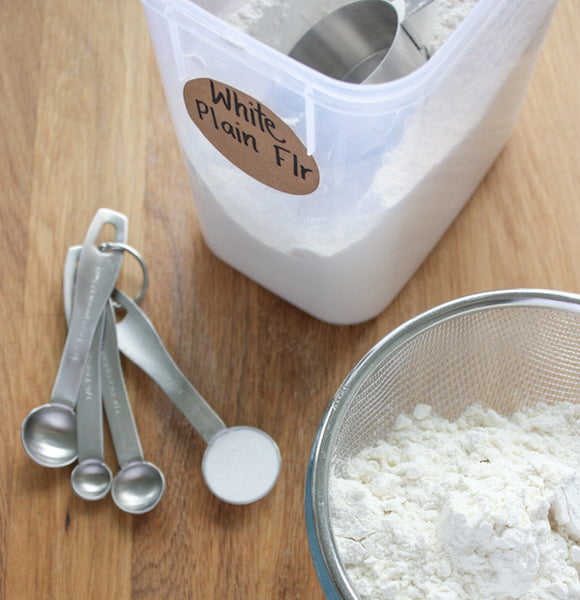
How to Make Self-Raising Flour
Baking powder is the simple difference between self-raising flour and plain flour. If you only have plain flour in your pantry, you can make self-raising flour by adding 2 teaspoons baking powder to every 150g...
read more

Using Frozen Berries
When using frozen berries in your baking add them to the mixture straight from the freezer.
read more

Rolling Pastry for Small Tarts
When making small individual tarts it is best to roll your pastry into a log (rather than a disc) before chilling and resting. When you come to rolling out the pastry, cut the log into...
read more
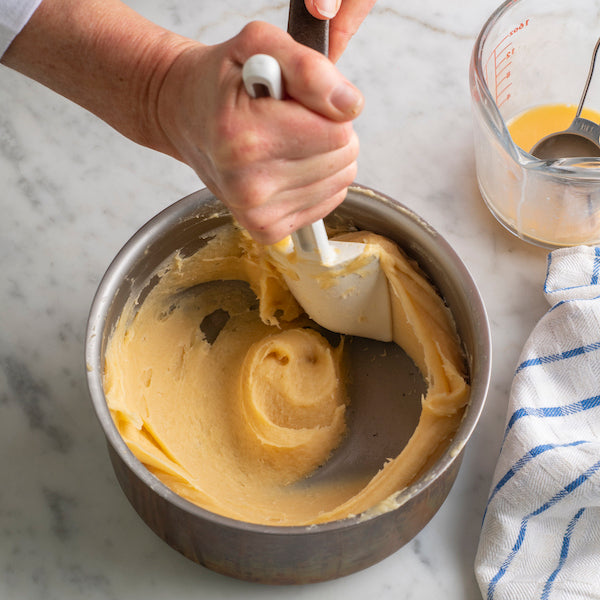
Use a Sturdy Spatula
When making choux pastry you not only need to be able to scrap and ‘squash’ the thick batter to remove any lumps but also beat it vigorously so the eggs will be absorbed efficiently. Traditionally...
read more
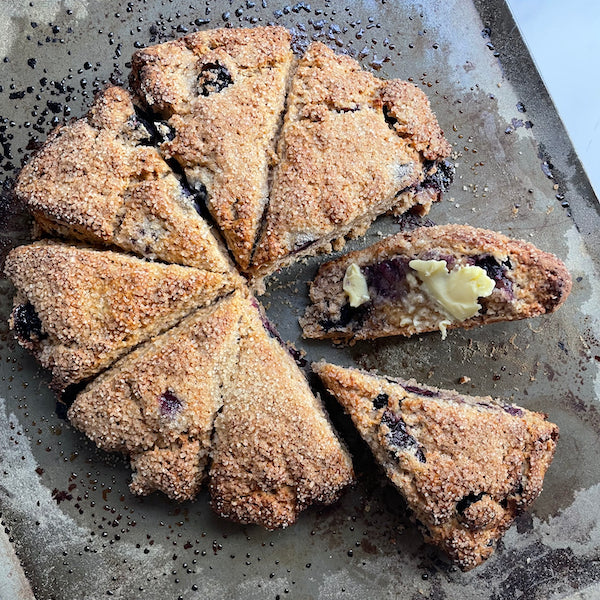
Easy-cut Scones
Instead of using a round scone cutter when cutting out your scones why not just use a knife?! The results are slightly more rustic, but the technique is less tricky and, as a bonus, there...
read more

Dusting Choux Pastry
Did you know that dusting choux pastry lightly with icing sugar before baking will help give your éclairs, profiteroles and choux buns a crisper shell as well as helping them rise more evenly so they...
read more

Choosing a Bowl
When bulk proving a yeasted bread dough (the first prove), it’s a good idea to choose a bowl that has the capacity of about twice the volume of your dough. This way, if the recipe...
read more

Don't Over-rub
When making pastry it is important not to ‘rub’ too much. Let me explain…. To start with, the term ‘rubbing in’, which is used to explain the technique to bring the flour and butter together...
read more

Homemade Baking Powder
Have you ever been caught out with the oven preheating but no baking powder in the house (like I did last week!)? When you know how to make your own it's not a problem! Simply...
read more

Filling Your Tart Case
When a tart or pie case needs blind baking (so that the base doesn't absorb the wet filling and become soggy) or needs to be fully baked to add a non-baked filling, it's important you...
read more

Bread Glazes
When glazing your bread there are a whole variety of ingredients you can choose depending on the finish you are after once the bread is baked. Breads brushed with an egg yolk, whole egg, or...
read more

Pasteurised Egg Whites
Did you know you can buy egg whites in a carton? When making anything egg white-based, like meringue or pavolva, macarons, royal icing, or Swiss meringue buttercream it is a fabulous alternative to fresh eggs...
read more
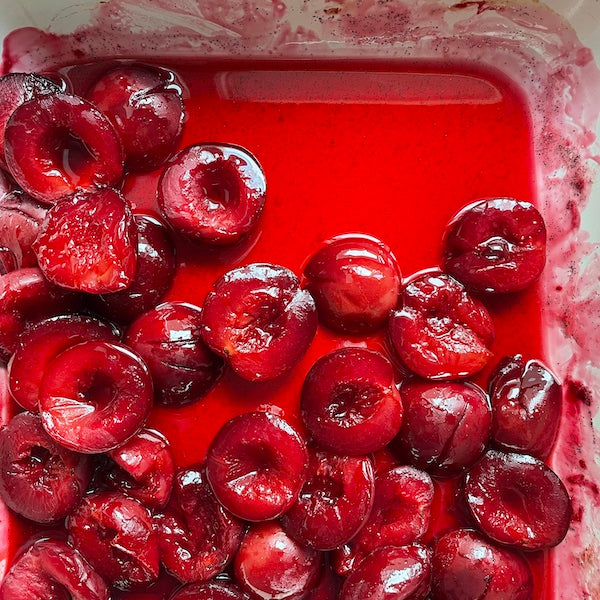
Roasted Plums
One of my favourite things to do with plums at this time of year (late Summer and early Autumn) is to roast them. It's really simple and quick to cook them this way but, best...
read more

Glacé Icing Consistency
Getting the right consistency for your glacé icing so that it coats your cake, biscuits or slice with a elegant, yet substantial, coating without it being heavy or so thin it can't be fully appreciated,...
read more
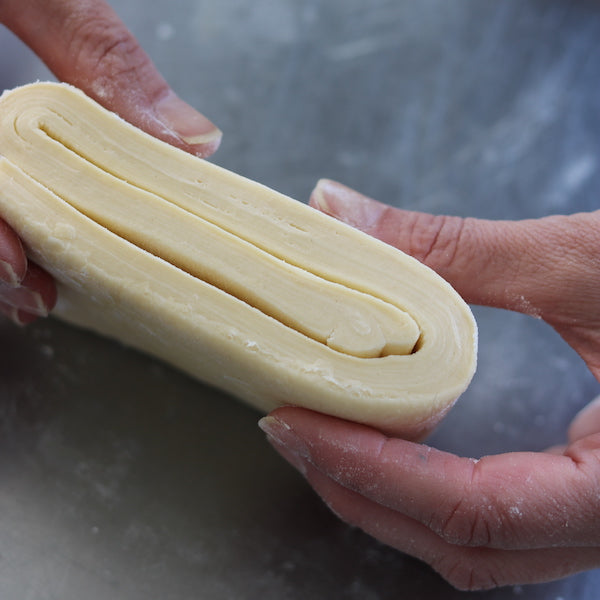
Butter Consistency
Puff pastry, also known as mille feuilles (which translates to 'a thousand leaves'), is a classic French pastry belonging to the laminated (roll-and-fold) pastry family along with leavened puff pastry (also known as croissant dough),...
read more
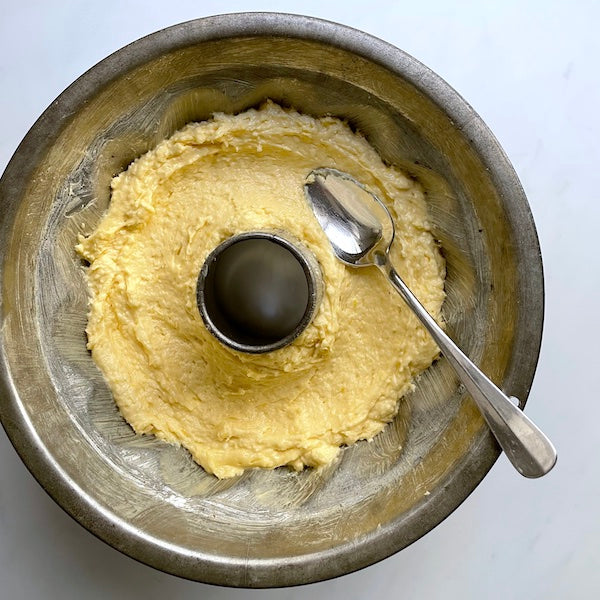
Preventing Bundt Cakes from Doming
Bundt cakes, and those made in ring tins, are often prone to doming slightly, causing them to look a little like flying saucers, slightly elevated off the serving plate once you turn them out. To...
read more

Easy-prepare Quinces
If you have ever prepared quinces for baking or poaching before you’ll understand how horribly difficult they are to peel, core and cut neatly due to their rock-hard nature. I spent years struggling with them...
read more

Pie Apples
Wondering which apples are the best to use for your Autumn and Winter pies? My favourites for pies are Pink Lady, Granny Smith, Golden Delicious, Jonagold and Braeburn. What all these apples have in common...
read more






